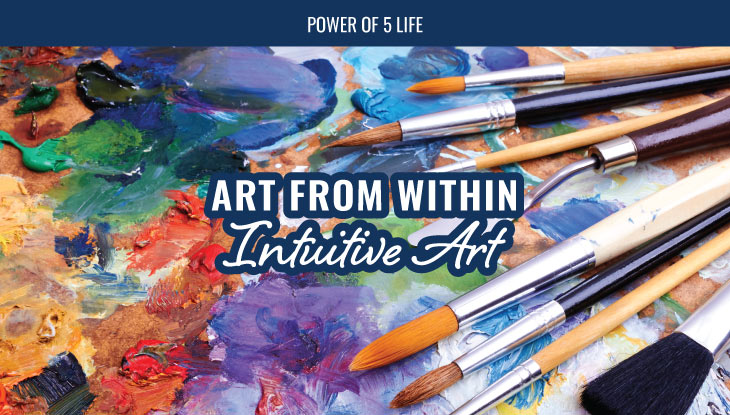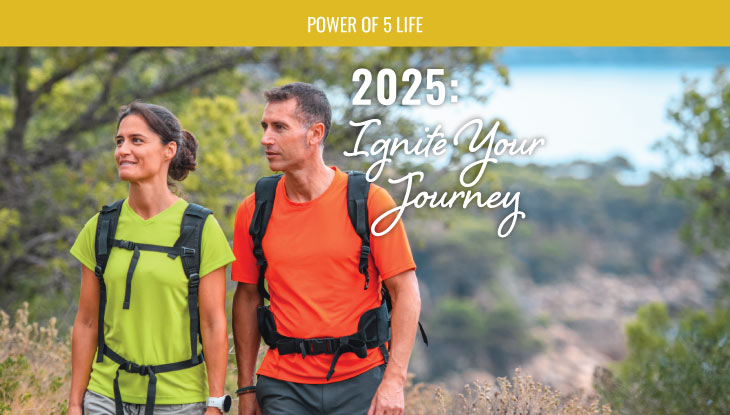
In my new book “The Power of 5: The Ultimate Formula for Longevity & Remaining Youthful,” I talk about the significance of stress and the negative effects it has on our body, similar to smoking and obesity, along with ways we can balance it. As we head into the holiday season, it’s important to understand how stress can compound over time and what we can do about it.
Did You Know: The American Medical Association has noted that stress is the basic cause of more than 60% of all human illness and disease. Both directly and indirectly, stress has a profound impact on health and wellbeing, and we are only beginning to fully understand how this works.
Holiday stress can affect anyone at any age, in any condition, and at any time. Whether you’re a young wife and mother trying to navigate the Black Friday crowds to get the hottest toy of the year for your child or the family matriarch trying to host the perfect holiday gathering year after year – stress can easily send someone over the edge even during the “happiest season of all.”
Even the strongest of men have succumbed to the stresses of everyday life, especially when amplified during the holidays. One report even went as far as to demonstrate how average middle-aged men who had recently endured high levels of emotional stress, but had little social support, were three times more likely to die over the next seven years.
I recommend a variety of techniques including meditation, relaxation response, and exercise to help offset the negative effects of stress. When combined, these techniques can help bring about balance and peace in an otherwise hectic life.
Meditation: A simple meditation technique practiced for as few as ten minutes per day can help you control stress, decrease anxiety, improve cardiovascular health, and achieve greater capacity for relaxation.
Relaxation Response: Developed by Harvard Medical School physician, Herbert Benson in the 1970s, the essential steps to the relaxation response:
1. the repetition of a word, sound, phrase, prayer, or muscular activity
2. the passive disregard of everyday thoughts that inevitably come to mind during the process
3. then repeat
Progressive Muscle Relaxation (PMR): PMR is based on alternately tensing and then relaxing the muscles. A person can practice this technique sitting or lying down in a comfortable spot. The key to the relaxation process is taking a few deep breaths and alternately tensing, then relaxing a group of muscles in systematic order.
If you’d like to learn more about these techniques, I invite you to read my new book.
To a long and healthy life,
David Bernstein, MD


